The truth about microwave-safe plastic
By Louise Belle BHSc (Nut Med)
Plastic is used to make food containers, drink bottles, piping, to line food cans, in flooring, toys, food packaging, bags and is even used in clothing. We are exposed to plastic in so many different ways that it would be nearly impossible to avoid it completely. We know that it is unsafe to heat your food up in old takeaway containers or non-reusable plastic. What about food containers that are designed for heating? On a daily basis, people purchase ready-made microwave meals, get food delivered, and do meal prep in plastic containers. They heat them up in the microwave because the label says it’s safe to do so, and they don’t really put any more thought into it. If it is marked with a ‘microwave safe’ symbol, it won’t cause any problems, right? Well, not necessarily. Here’s why-
When a plastic container is marked with a microwave safe symbol, it means that it has been tested. They ensure that it does not melt or warp from the heat of the microwave, retaining its shape. ‘Microwave safe’ does not mean that the container will not leach toxic ingredients into the food, it merely means that the container will not explode or get so hot that it burns your hand. It does not mean that they contain no nasty chemicals, or that they won’t leach into the food. The levels of chemicals that enter the food are considered to be ‘safe’, but if you are exposing yourself to these chemicals on a regular basis, who knows what the consequences could be.
The most troublesome chemical is bisphenol A (BPA), which can mimic oestrogen in the body, causing endocrine disruption, infertility, and effect child development. This is just one of the chemicals used in plastic manufacturing. When you heat food in plastic containers, small amounts of these chemicals leech into the food. If the containers are scratched or damaged at all, or if there is fat (such as oil) in the food, the amount of chemicals that are absorbed increases drastically. Researcher Frederick Vom Saal who has studied the BPA chemical for many years stated that “there is no such thing as safe microwavable plastic”.
Is it worth the risk? If you’ve been microwaving your food in plastic containers for years, this will have been further adding to the huge toxic load you’re exposed to through cleaning products, cigarette smoke, personal care products, alcohol, food additives, pesticides, air pollution and medication.
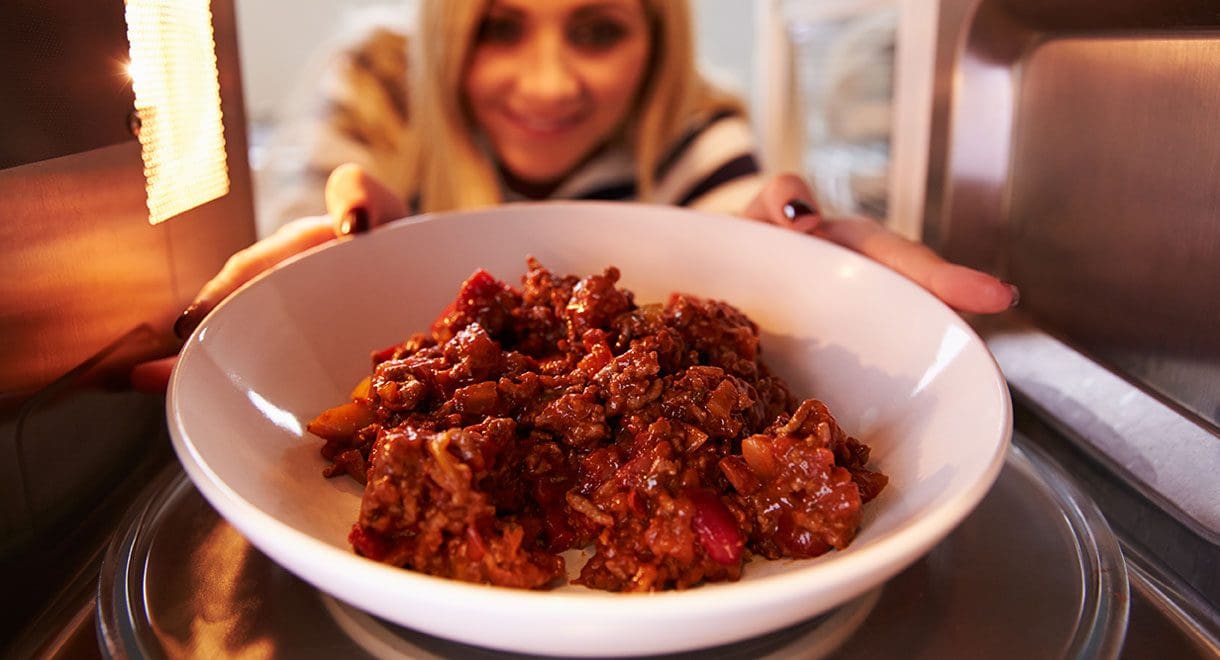
Here’s what you need to do:
- Ditch the plastic: Now this is a no brainer. Stop heating your food up in plastic containers! You can use a ceramic or glass container, bowl or plate to heat your food in the microwave. Avoid covering with plastic wrap, as this too can leach chemicals. Try a glass cover or paper towel instead.
- Heat on the stove: Let’s take it a step further- don’t heat your food in the microwave. Turn on the stove, get out a pot or pan and heat up your food. It really doesn’t take that much more time to heat your food on the stove, and it gets you away from the microwave.
- Eat more raw: Leap forward a little more and go raw! You don’t need to go completely raw, but it is certainly beneficial for your health to include more raw food in your diet. Limit the amount of microwave meals you’re eating and replace them with wonderful fresh produce.
- Get juicing: Juicing different coloured vegetables and fruits will concentrate all the wonderful nutrients and antioxidants. Drinking fresh juice floods your body with these concentrated nutrients, reducing inflammation and oxidation in the body, and supporting the detoxification pathways. Dr Cabot’s book Raw Juices Can Save Your Life has many delicious raw juice recipes for any ailment.
- Move your body: Exercise gets your body moving and your blood flowing. It also stimulates sweating, which is fantastic because sweat is one of the main ways that toxins can escape the body. The more you sweat, the more toxins, chemicals, heavy metals and waste products you can get rid of.
- Take a liver tonic: Livatone Plus contains selenium, St Mary’s thistle, turmeric extract, taurine, B vitamins and vitamin C, and helps to support healthy liver detoxification, protects the liver cells and has antioxidant benefits.
- Do a cleanse: With modern day life, our bodies are bombarded with toxins from all angles and are under immense pressure to filter these out whilst maintaining other important bodily functions. They can become overwhelmed and sluggish, and don’t work as efficiently. Doing a cleanse can help to reset your system and support your liver, bowel and kidneys in clearing out excess toxins from the body.
See Dr Cabot’s book The Liver Cleansing Diet for more information on how to improve your liver health.


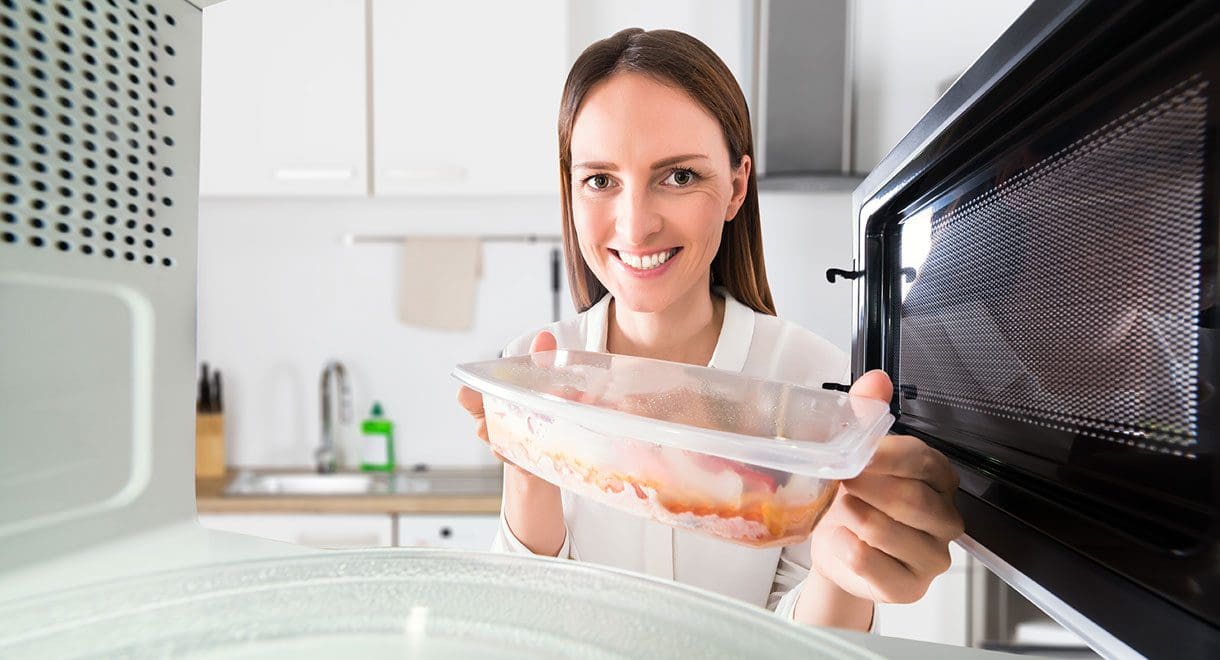


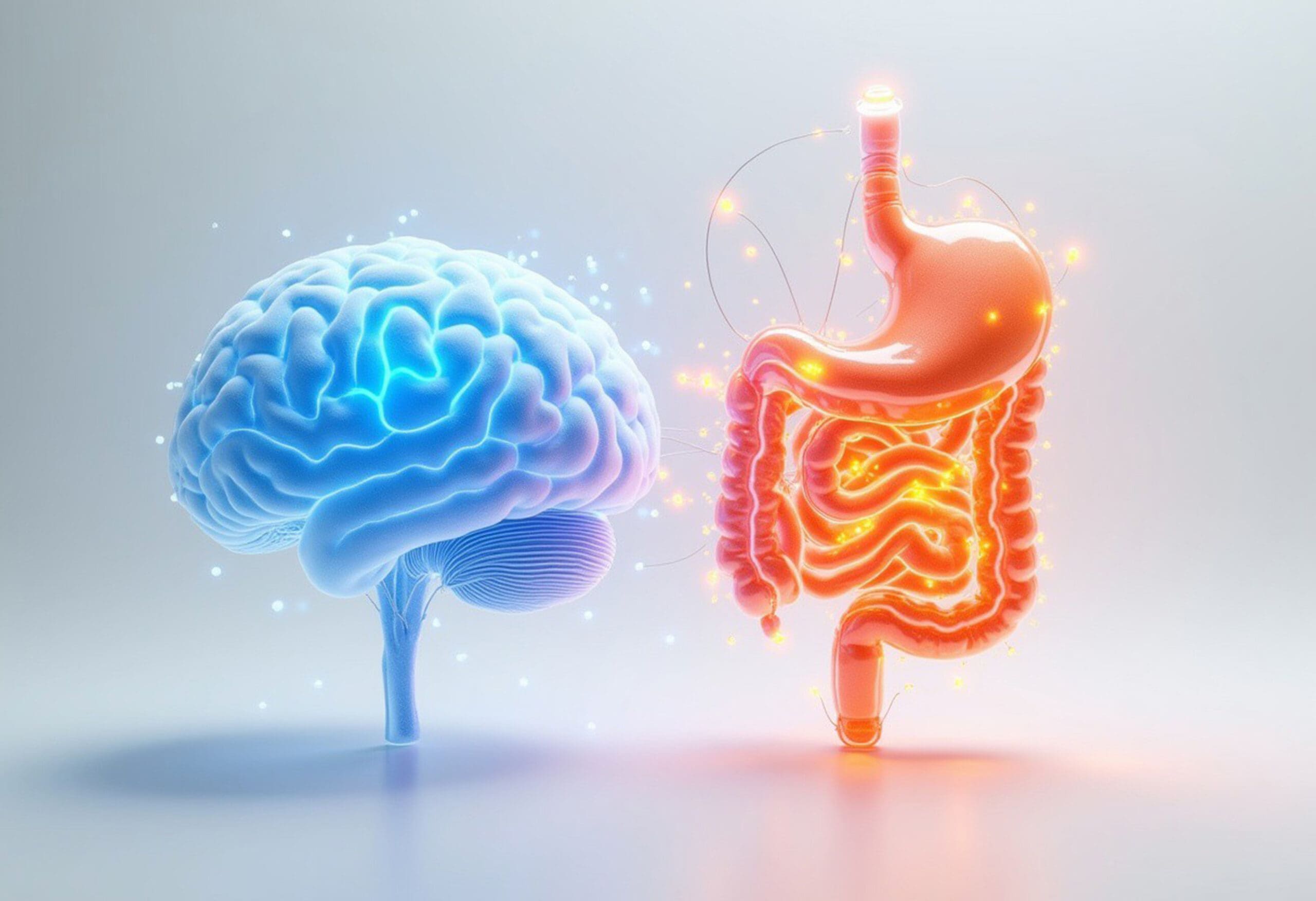
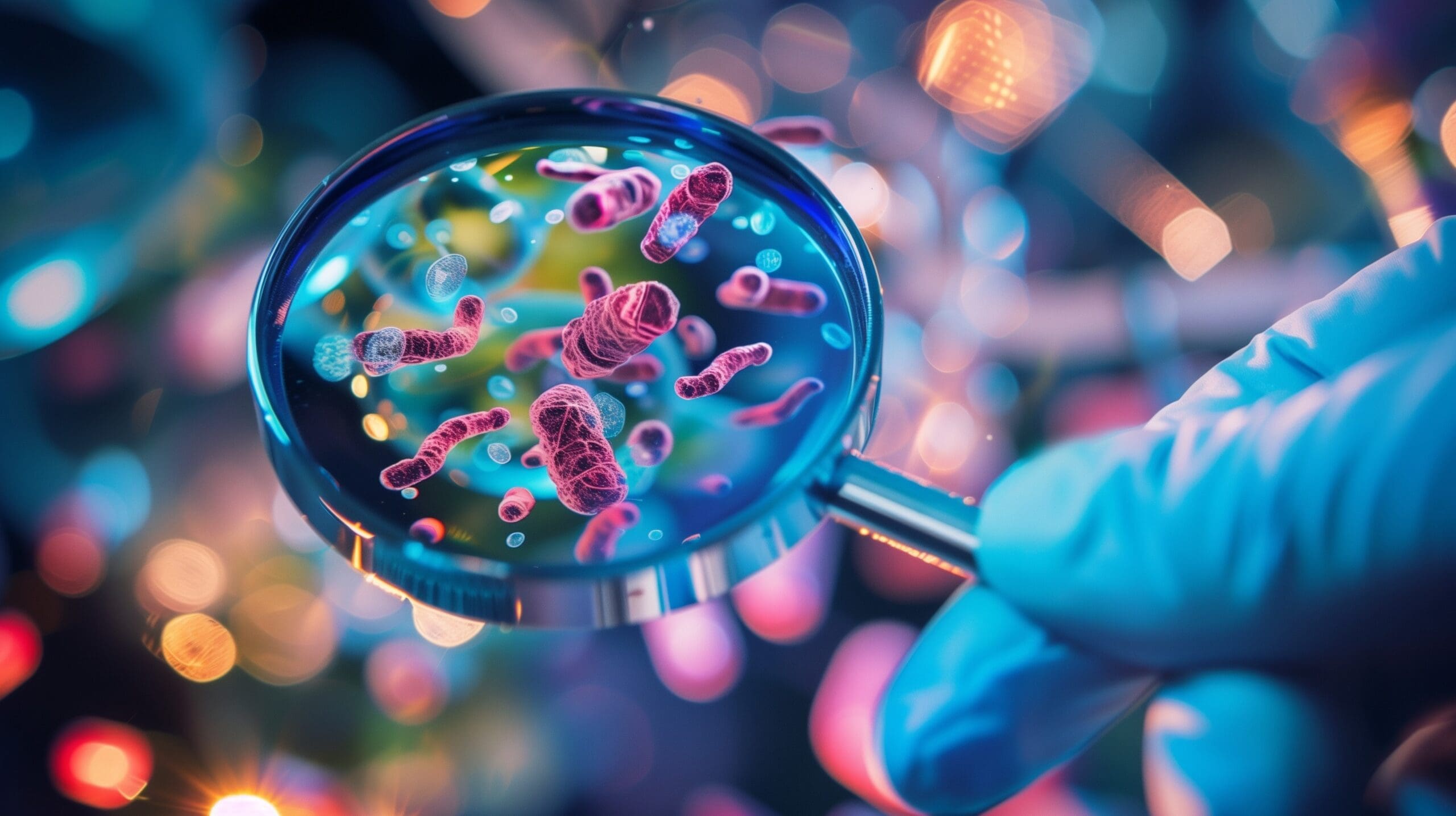
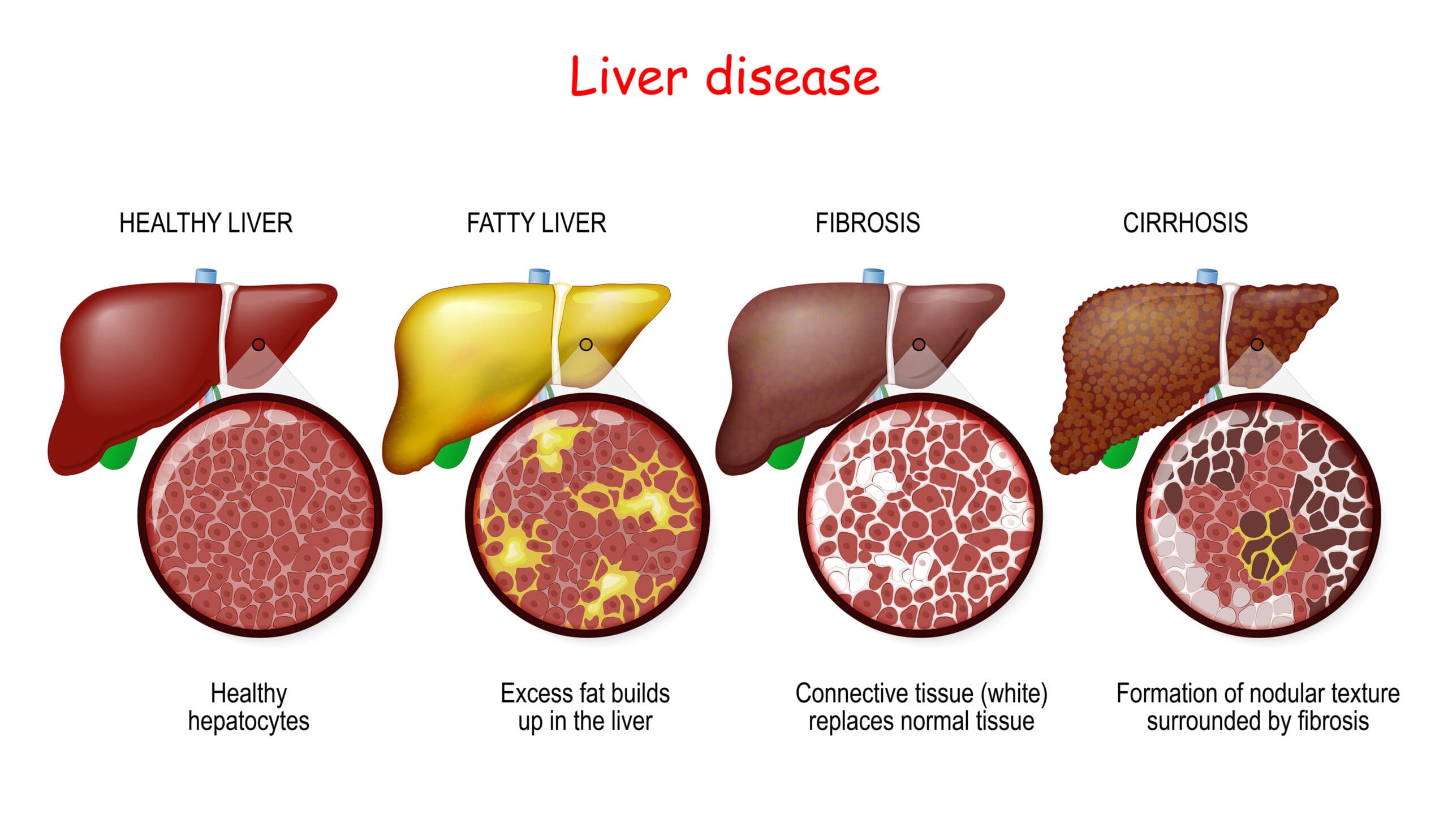
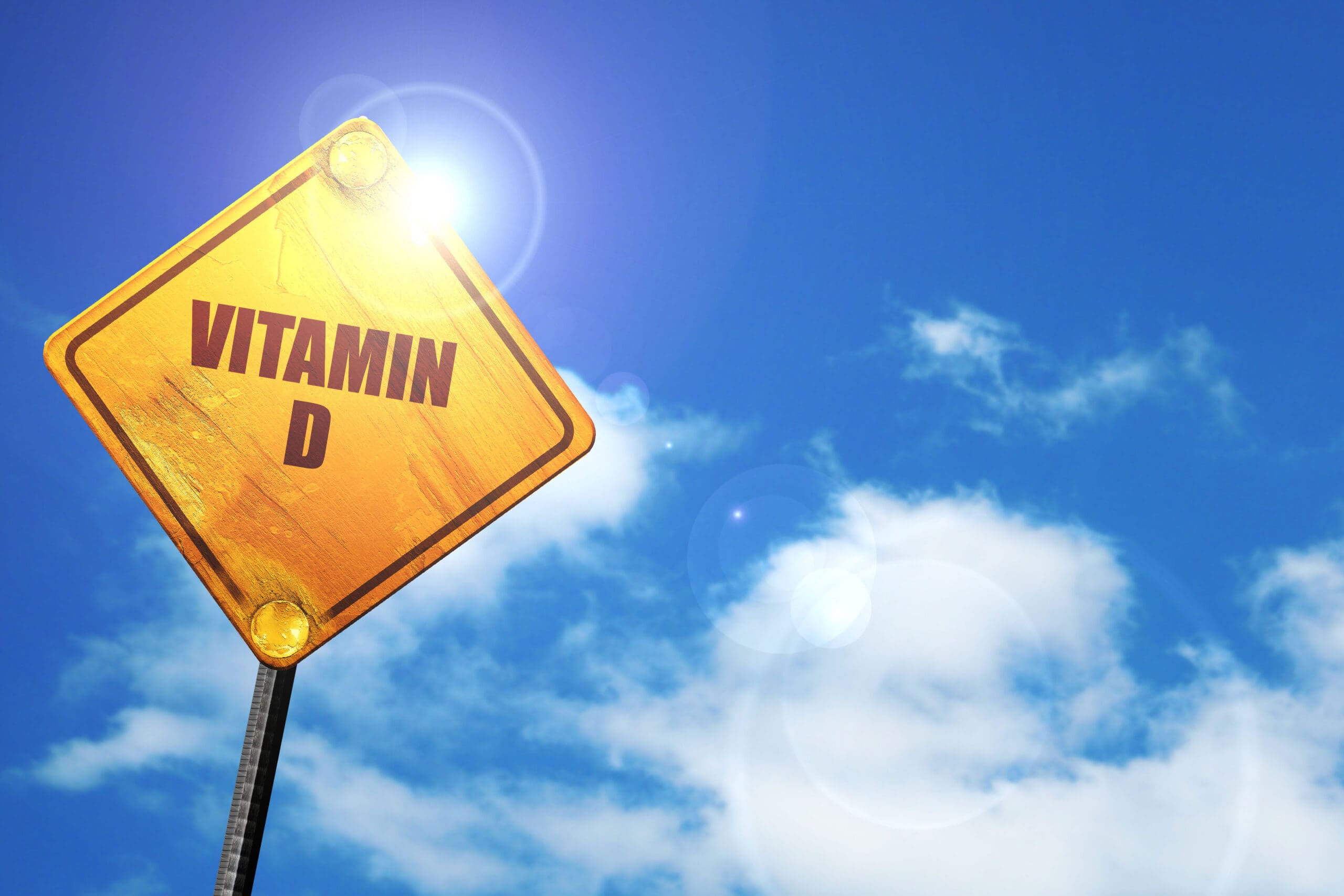
Leave A Comment